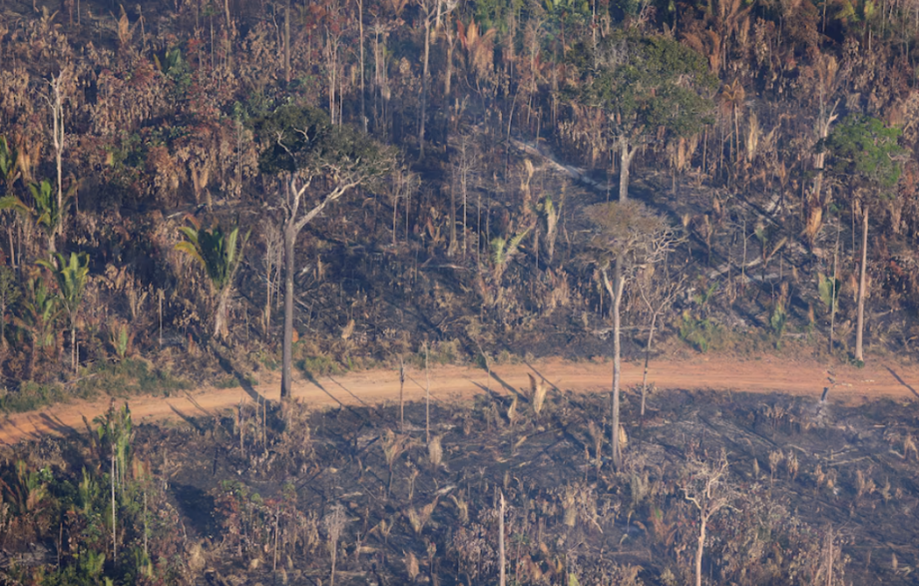
Deforestation Less Harmful to Climate than Other Amazon Degradation, Study Finds
Brazilian President Luiz Inácio Lula da Silva, who assumed office in 2023, has pledged to combat deforestation in the Amazon and reestablish Brazil as a leader in climate action, following extensive destruction under his predecessor, Jair Bolsonaro. Lula's commitment to end deforestation by 2030 is progressing, with stricter enforcement reducing deforestation rates by over half, according to government data. However, a new study suggests that deforestation alone is responsible for only a fraction of the climate damage linked to the Amazon.
Published in the journal Proceedings of the National Academy of Sciences, the study reveals that logging, forest burning, and other forms of human-caused degradation, along with natural disturbances, release more climate-warming carbon dioxide than clear-cut deforestation. Using airborne laser scanning for a more precise accounting of changes in the rainforest, the study found that human-caused degradation and natural disturbances accounted for 83% of carbon emissions, while deforestation contributed 17%.
Forests naturally absorb carbon dioxide, but recent atmospheric measurements indicate that the Amazon has been releasing more carbon than it absorbs due to deforestation and degradation. When trees are destroyed, they release stored carbon dioxide, contributing to climate change.
The research highlights the severe impact of fires, exacerbated by drought, turning the region into a tinderbox. The study employed advanced techniques, providing unprecedented detail on forest degradation, particularly in areas of Brazil where destruction is most severe. Lead author Ovidiu Csillik, a remote-sensing specialist at Wake Forest University, explained that laser readings from planes created a three-dimensional picture of the forest, detailed enough to detect individual trees dying.
Csillik noted that windstorms also cause significant emissions and damage by knocking down large numbers of trees. The findings suggest that the Brazilian government, under Lula, might be too focused on deforestation. Tropical ecologist Erika Berenguer from the University of Oxford and Lancaster University, who was not involved in the study, stated that reducing deforestation does not necessarily reduce degradation.
Brazil's Environment Ministry responded, highlighting various efforts to control degradation and fires, including deploying 3,000 federal firefighters and allocating 405 million reais for state-level firefighting. In 2021, over 140 countries, including Brazil, pledged to end deforestation and other forms of degradation by the decade's end. However, monitoring and policing degradation is complex due to its diverse causes, said Manoela Machado, a fire expert at Woodwell Climate Research Center.
Machado added that climate change complicates firefighting efforts. "Fires can escape their intended boundaries and invade forest areas if fuel is dry enough to allow fires to spread, which is becoming increasingly common due to heatwaves and severe droughts caused by climate change," she explained.
This study underscores the need for a comprehensive approach to protecting the Amazon, addressing both deforestation and other forms of degradation to mitigate climate impact effectively.